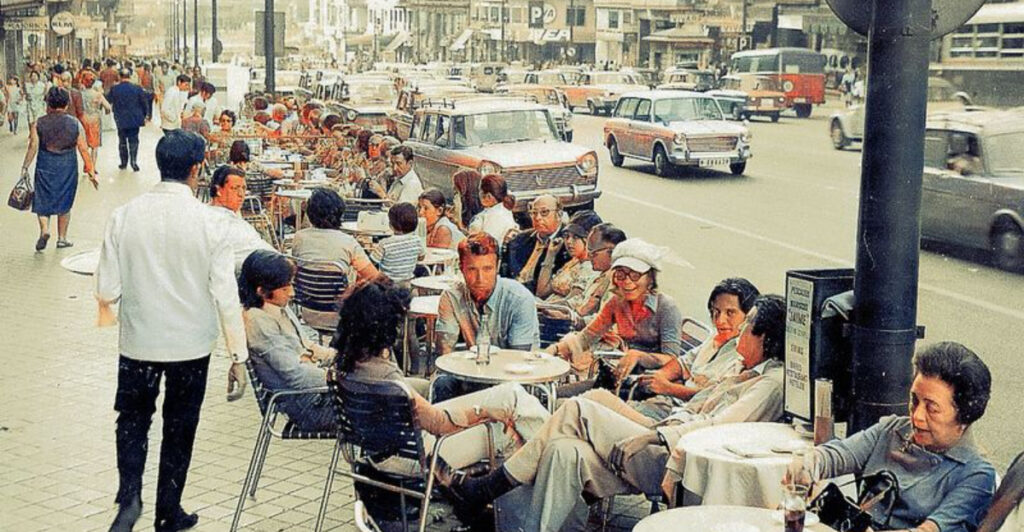In 1971, Spain was a nation of contrasts, caught between the old and the new. The country was under authoritarian rule, yet on the brink of profound change. With the booming tourism industry transforming coastal regions and urban centers, Spain was a magnet for international visitors. This collection of 20 stunning photos taken by Argentine traveler Raúl Alejandro Rodríguez offers a vivid glimpse into Spain’s landscapes, architecture, and daily life during this transformative period. From bustling cities to serene rural vistas, these images capture the essence of a country on the cusp of modernity.
1. Tourism Boom Takes Off
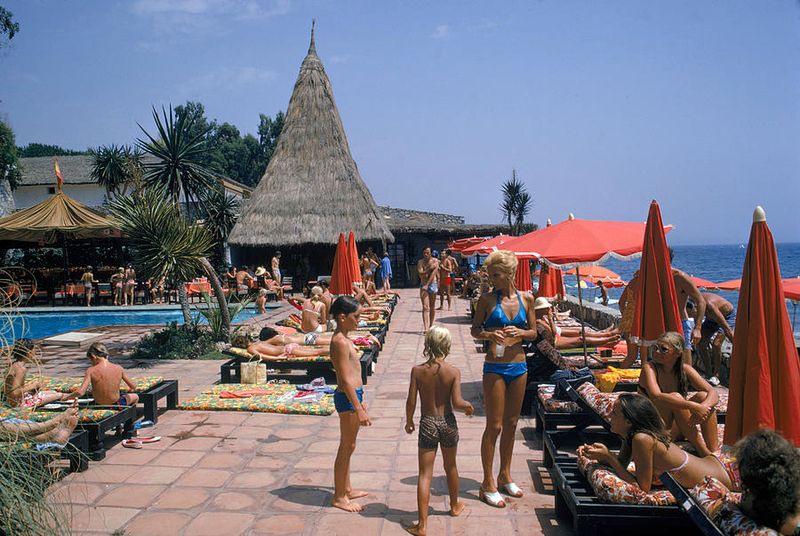
By the early 1970s, Spain was riding a wave of mass tourism. Charter flights and package holidays made coastal resorts like Costa del Sol wildly accessible—especially to British and Northern European visitors. These resorts transformed into bustling hubs of activity, filled with the chatter of tourists and the vibrant colors of beach umbrellas. Spain’s sunny beaches became synonymous with leisure and escape, drawing more international visitors each year.
2. “Spain Is Different” Branding
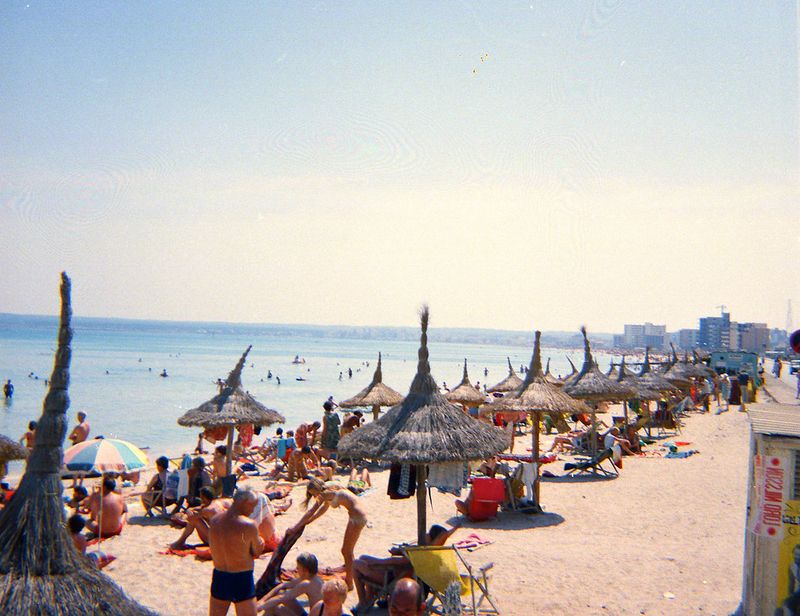
That iconic slogan captured the country’s image: sunny beaches, flamenco, and a political softness tailored for foreigners. The branding set the stage for a dramatic tourism surge, inviting travelers to experience something distinct. Through vibrant imagery and clever messaging, Spain positioned itself as an alluring destination where tradition met modern relaxation. This campaign not only attracted tourists but also reshaped perceptions of Spain globally.
3. Costa del Sol Transformation
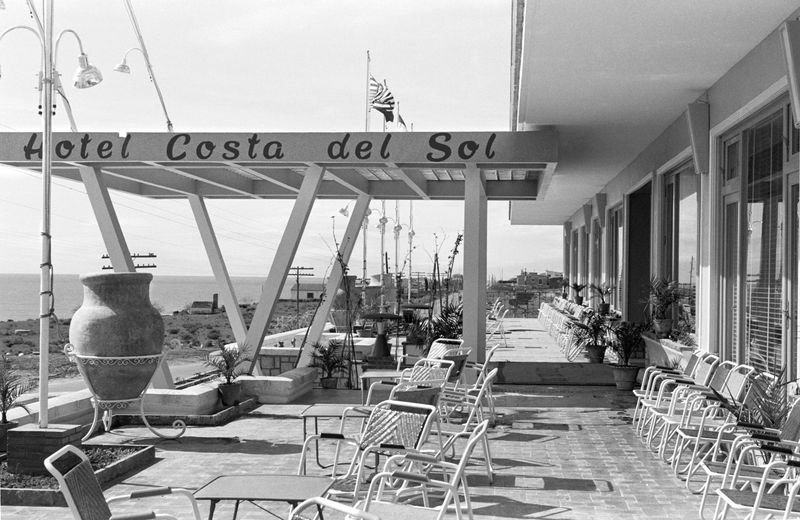
Towns like Torremolinos and Málaga changed rapidly, with hotels and resorts supplanting fishing villages. The peseta’s low value made costs a bargain for foreign visitors, who flocked to these newly transformed areas. This economic boom was evident in the construction cranes silhouetted against the Mediterranean sky and the lively streets bustling with tourists and locals alike. It was a period of rapid metamorphosis, forever altering the landscape.
4. Film as Tourism Marketing
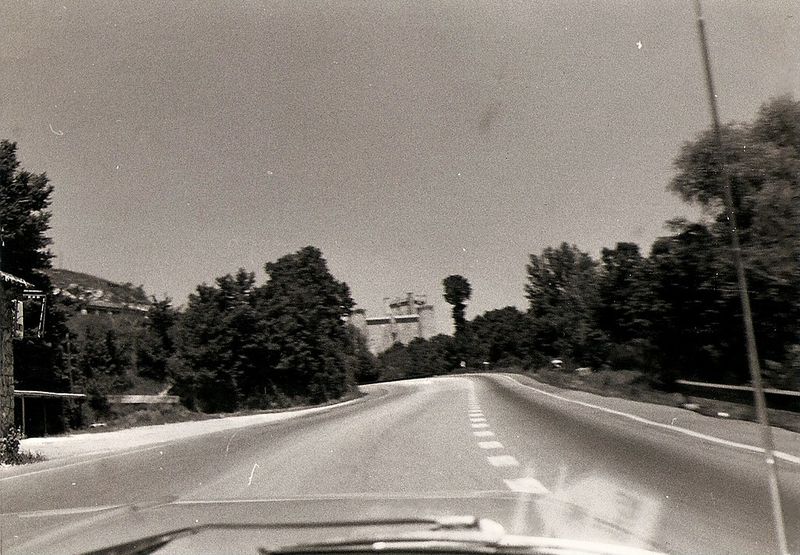
Tourism ministry–sponsored films and commercials showcased sunny coasts, historic towns, and relaxed lifestyles. These visual narratives linked Spain’s traditional imagery with modern vacation desires. Film became a powerful tool, enchanting audiences worldwide with visions of Spain’s idyllic settings and inviting ambiance. This strategy cleverly integrated cinematic appeal with tourism goals, making Spain an even more enticing destination.
5. Tourism Labor Migration
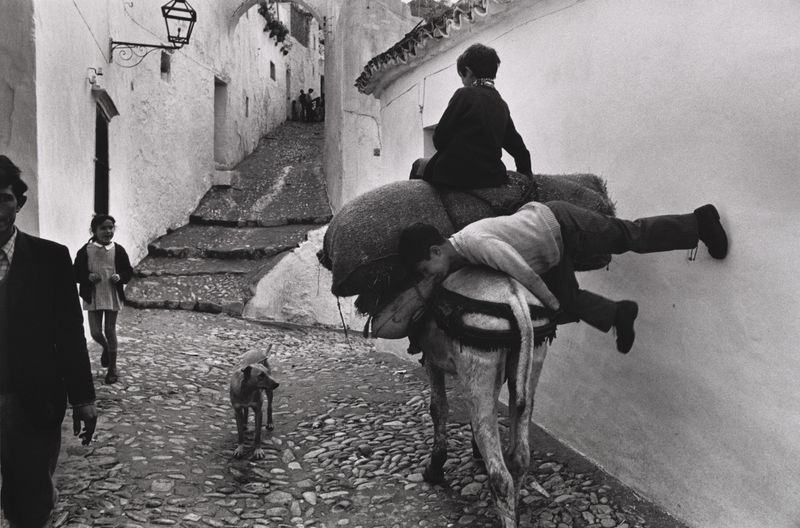
Thousands of workers moved from rural areas to coastal resorts to staff hotels, bars, and restaurants. This migration fueled local economies and reshaped demographics. The influx of new residents brought vibrancy and diversity, as they adapted to the fast-paced environment of the tourist hubs. This movement not only supported the booming tourism industry but also marked a shift in Spain’s social landscape.
6. Tourism Accommodation Growth
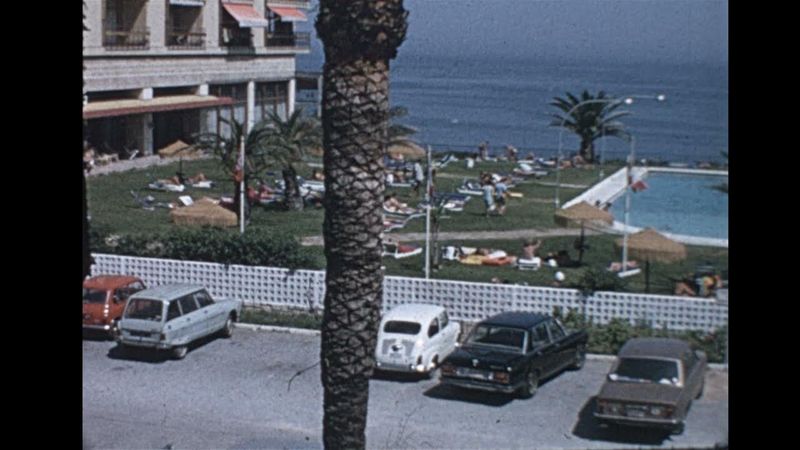
Between 1971 and 1981, there was explosive growth in hotels, campsites, and vacation rentals—though coastal regions remained the dominant destinations. This expansion was marked by the construction of modern facilities designed to cater to the influx of international visitors. Picturesque seaside views and luxurious amenities became selling points, drawing even more travelers to experience Spanish hospitality.
7. Daily Life Along the Coast

Locals shifted from farming to service work—mixing traditional Spanish cafés and beaches with pension tourists strolling in aloha shirts and sandals. This cultural blend created a unique coastal atmosphere, where the old ways met new influences. It was a time of adaptation, as communities embraced the opportunities brought by tourism while maintaining their traditional charm.
8. Franco’s Tight Social Control
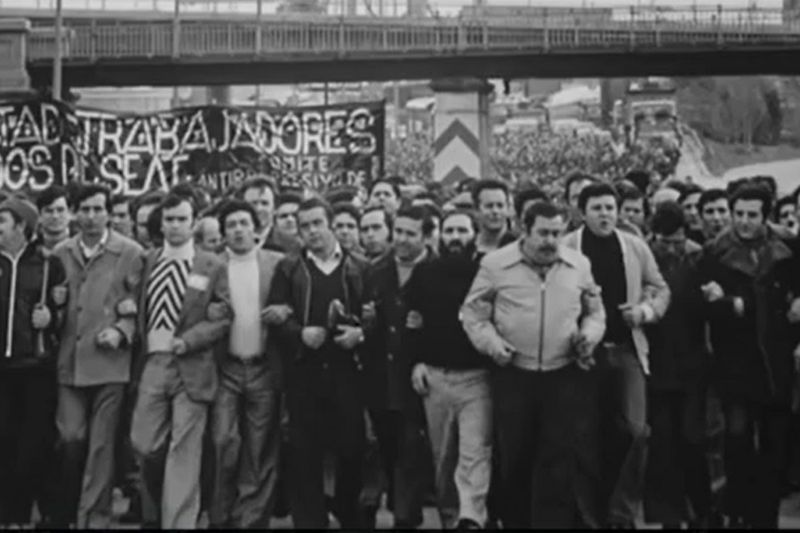
Despite flashy tourism, the dictatorship remained deeply conservative. Public morality laws were strict and enforced, even in resorts. This juxtaposition of vibrant tourism against a backdrop of authoritarianism defined the era. Visitors enjoyed the sun and sea, while locals navigated the complexities of living under tight social restrictions.
9. Great Raid of Pasaje Begoña
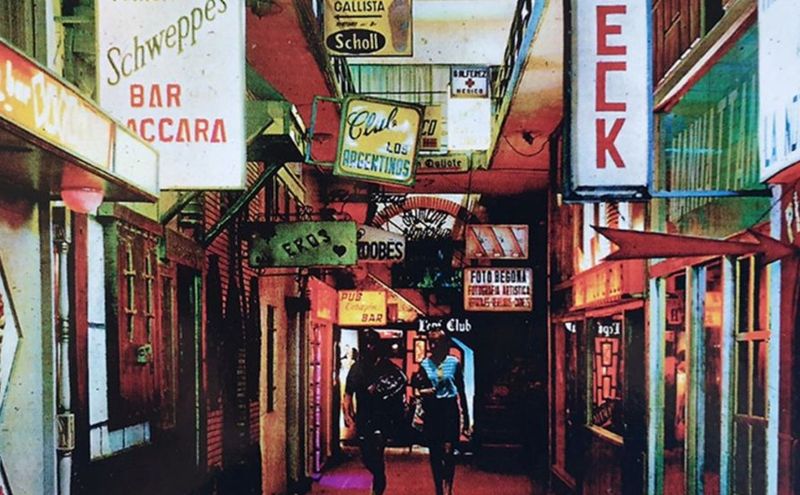
In June 1971, police cracked down on LGBTQ venues in Torremolinos. Up to 300 people were arrested, dozens of businesses closed—casting a shadow over the tourist-friendly image. This raid highlighted the underlying tensions between authoritarian rule and burgeoning social movements. It was a moment of reckoning, as the world watched Spain’s struggle with its identity.
10. Women’s Rights Still Lagging
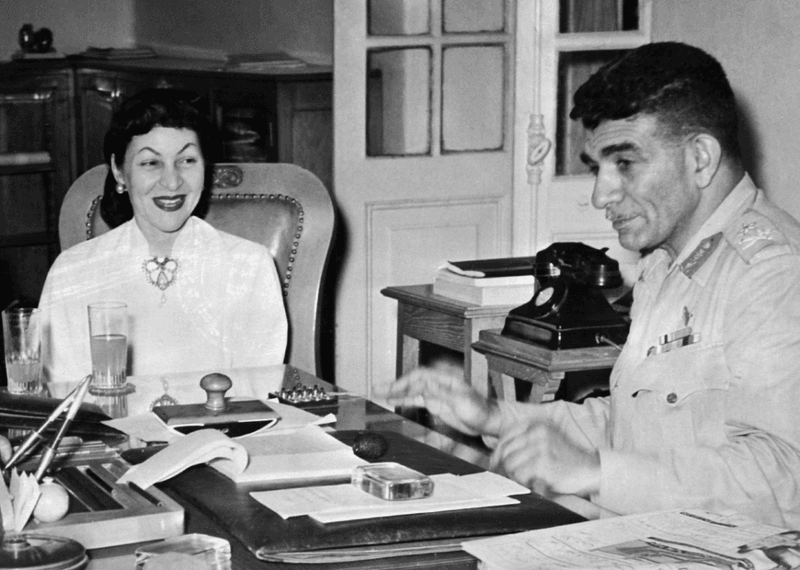
Women in Spain had limited legal rights. It was only in 1971 that an Association of Women Lawyers formed. Full legal emancipation began later, with reforms in 1972 and beyond. This period marked the beginning of a long journey toward gender equality, as women fought for recognition and rights in a male-dominated society.
11. Cultural Mix in Resort Towns

Beaches and nightlife in Torremolinos saw an eclectic blend: British holidaymakers, hippies, beatniks, and Spanish youth mingling at bars and clubs. This mix fostered a vibrant social scene, where different cultures and ideas intersected. It was a time of exploration and expression, setting the stage for future cultural shifts.
12. Urban Strike & Rising Tensions
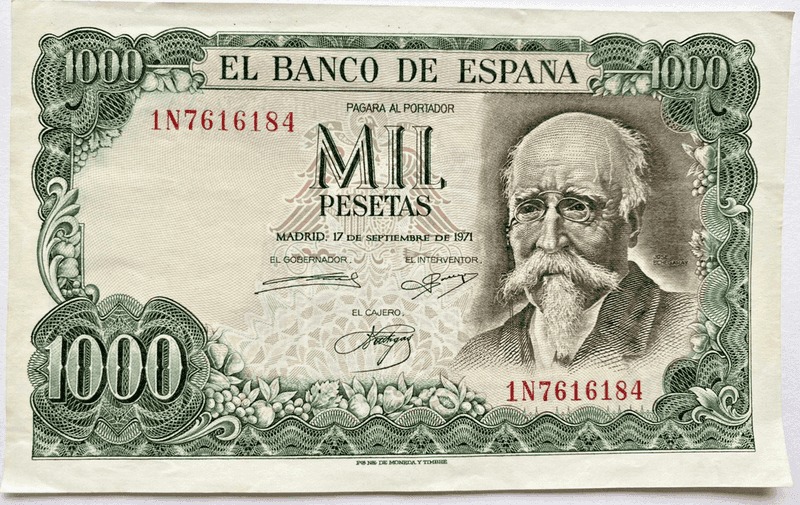
Labor unrest bubbled over. In 1971, a major strike at a Franco-linked factory led to violence and even a fatality—indicating mounting political discontent amid modernization. This unrest reflected the growing dissatisfaction with stagnant wages and oppressive working conditions, as workers demanded change.
13. Eurovision Spotlight
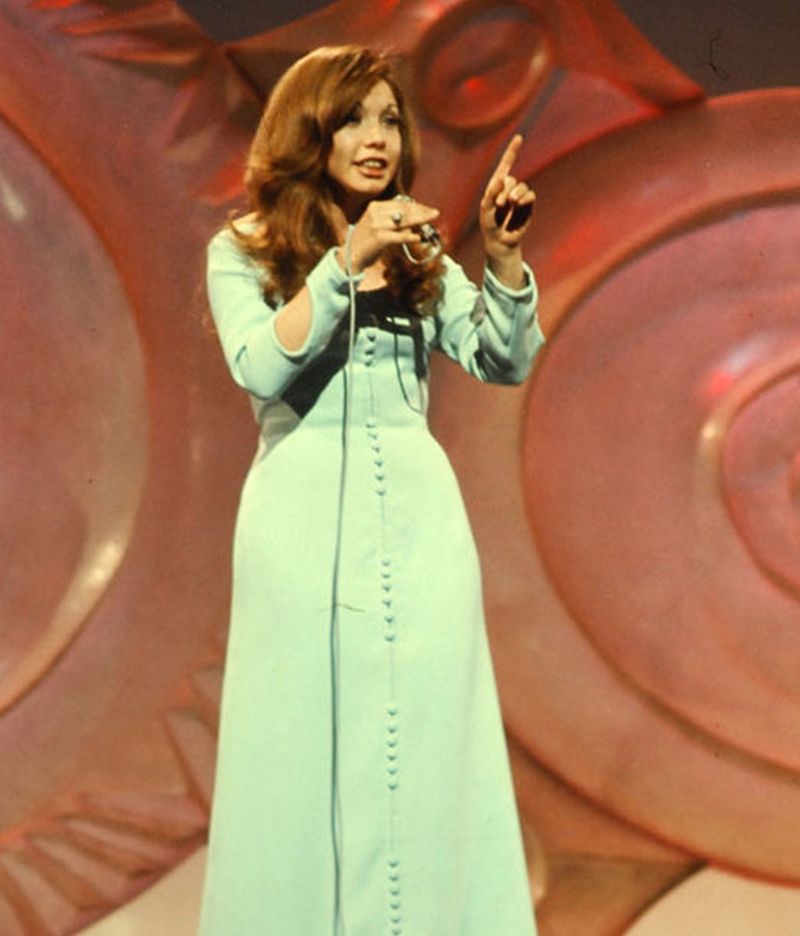
Spain entered the Eurovision Song Contest in 1971 with Karina’s “En un mundo nuevo,” placing second. It was a show of growing cultural confidence on the international stage. This achievement highlighted Spain’s vibrant music scene and its potential to connect with audiences beyond its borders.
14. Youth Culture and Music

Spanish teenagers embraced pop music, mini-skirts, and foreign styles—despite media censorship under Franco’s control. This youthful rebellion was a quiet defiance, as young people sought to express individuality and connect with global trends. Music and fashion became tools of change, subtly challenging the status quo.
15. Domestic Travel by Car
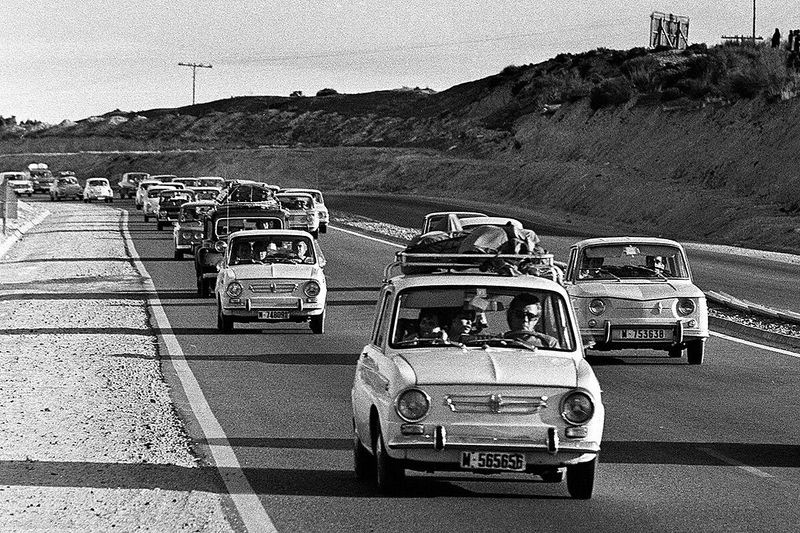
Middle-class families increasingly drove to destinations in vans or small cars, exploring regions like Andalusia and Catalonia. Glossy brochures and postcards guided their journeys, offering a taste of the diverse landscapes and cultures within Spain. This trend represented a newfound freedom and curiosity among Spaniards to discover their own country.
16. Traditional Markets & Festivals
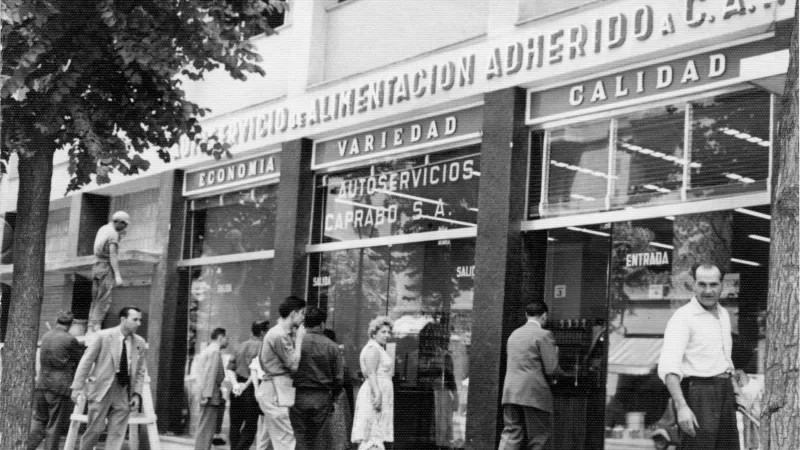
Markets thrived in town squares. Easter processions, local fiestas, and bullfights still marked communal life. These traditions remained vital, even as seaside resorts evolved. They offered a glimpse into Spain’s rich cultural tapestry, preserving heritage while embracing change.
17. Infrastructure Modernization
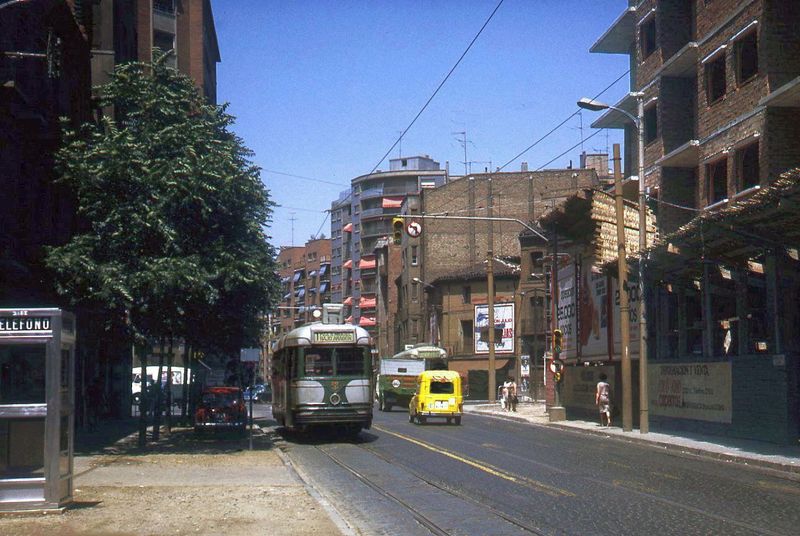
New roads, airports (notably Málaga), and hotel complexes were built at speed. This infrastructure overhaul was crucial for sustaining tourism growth. These developments not only connected regions but also facilitated the movement of people and goods, propelling Spain into a new era of connectivity and opportunity.
18. Workers in Uniforms
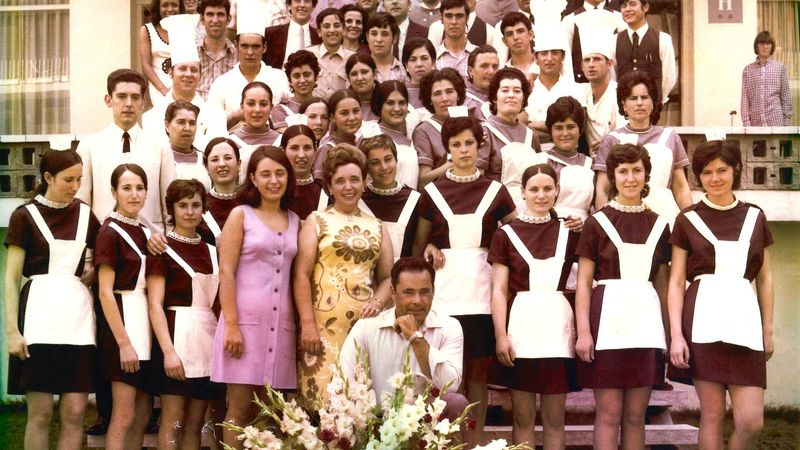
Tourism workers wore crisp uniforms: bellhops in smart vests, waiters in jackets, hotel staff delivering polished service. This represented an evolution in Spain’s hospitality industry, as standards of service rose to meet international expectations. These uniforms became symbols of professionalism and the welcoming spirit that defined Spanish tourism.
19. Food Tourism Emerges
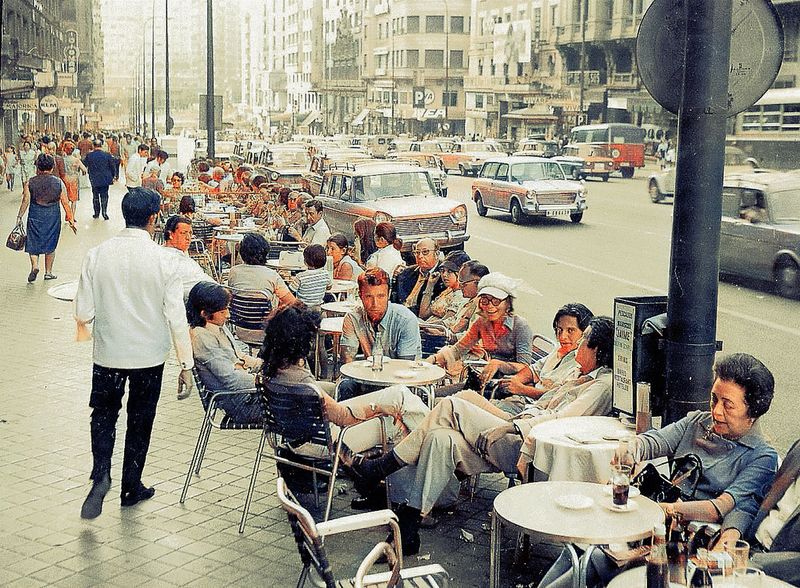
Traditional tapas and seafood restaurants gained popularity among tourists. Paella, sangria, and regional dishes began to define Spain’s culinary identity abroad. Food became a key attraction, offering an authentic taste of Spanish culture. This emergence of food tourism highlighted Spain’s rich culinary heritage and its ability to delight international palates.
20. Censorship, Yet Smugglers Thrive
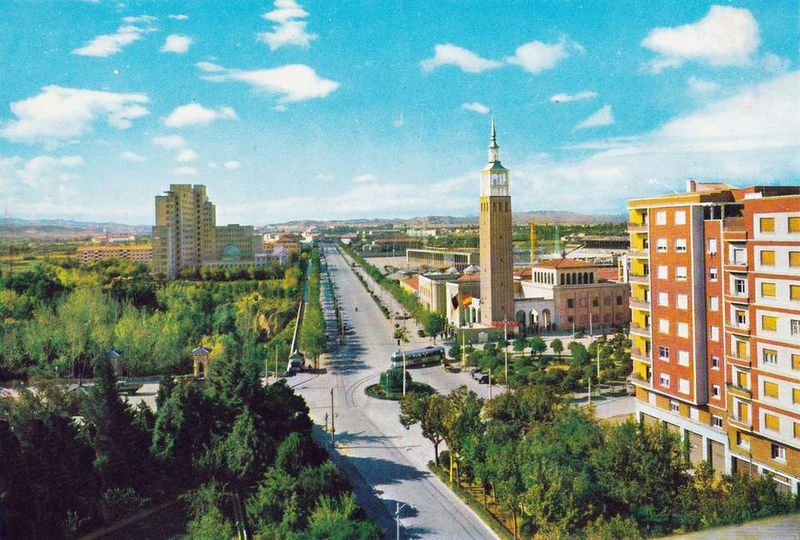
Despite censorship, bootleg LPs, Beatles albums, and underground cultural currents circulated. Particularly near resort zones, these items found eager audiences. This underground movement symbolized the resilience and creativity of those who sought alternative voices and experiences, challenging limitations imposed by the regime.

